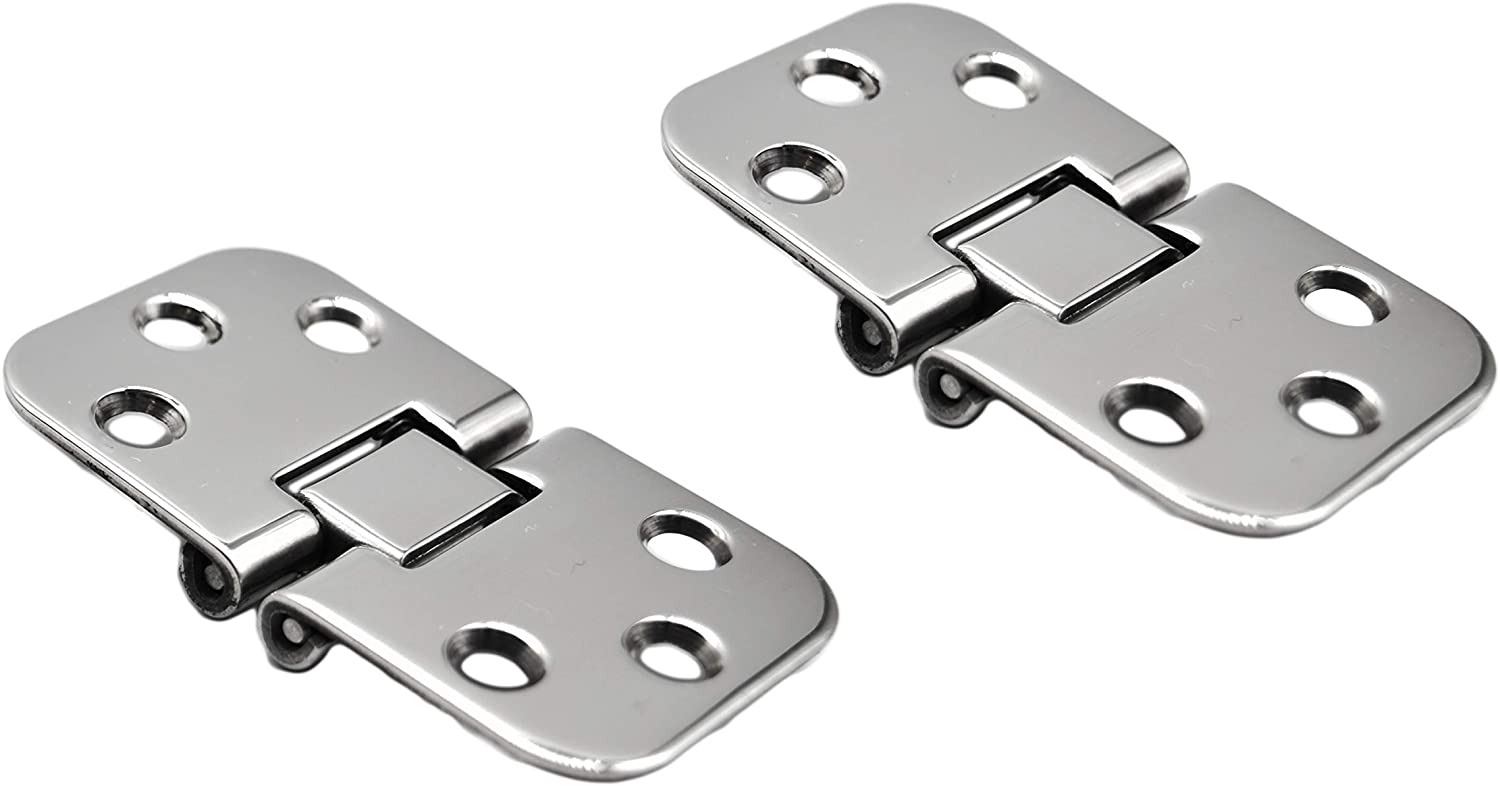Marine stainless steel is used in a variety of applications, from boating and docks to offshore platforms. Its corrosion resistance is particularly important for these environments, which require constant exposure and regular forces.
Stainless steel is an iron-based alloy that’s resistant to rust. It also comes in a variety of finishes, which makes it very popular.
Corrosion Resistance
Marine stainless steel is a popular choice for a variety of applications due to its corrosion resistance. It can withstand the harsh conditions that occur in offshore environments and is especially effective for equipment that comes into contact with salty water.
304 and 316 are the most common grades of austenitic stainless steel. These materials contain chromium and nickel. Grade 316 contains 2% to 3% molybdenum, which increases its corrosion resistance in marine environments.
However, it’s important to note that both 304 and 316 can be affected by chloride solutions present in saline atmospheres, forming localised areas of corrosion known as pitting.
Fortunately, there are several types of corrosion protection available for marine stainless steel. These include a protective layer of chromium, which reacts with oxygen to form a thin film that prevents further oxidation.
Durability
If you’ve spent any time on a boat, you know how much water can wear down metal over time. It’s why cargo ships, naval ships, and cruise ships have to be built with durable marine grade materials.
Stainless steel is ideal for this because it’s made with nickel and chromium, which makes it extra corrosion-resistant even in aggressive environments. Additionally, it has good weldability and is easy to form into shape.
It also has a higher percentage of molybdenum, which helps it resist the corrosive effects of saltwater. This is especially important for 316 stainless steel, which is the most common grade used in marine applications.
Marine stainless steel components are often found in docks and marinas around the world. They include blind bolts, thru-rods, washers, nuts and other fasteners; trim; stainless steel slats used as flooring; ornamental tubing used for handrails and supports; and signage.
Easy Maintenance
Stainless steel is one of the most popular materials used in marine environments because it resists corrosion, called pitting, maintains its strength at high temperatures, looks good, and is easily maintained. It is also a very versatile metal that can be used for anything from sanitary equipment to marine engines and other components.
It is a low carbon, austenitic alloy that contains more than 10% chromium and nickel with an added amount of molybdenum to provide enhanced corrosion resistance. Stainless steel is available in many grades, including 304/L which is the best choice for applications near salt water.
To clean stainless steel fixtures, simply use a soft cloth or non-abrasive sponge with fresh water and a mild marine grade cleaner (non streaking formula). If necessary a polish coating can be applied to enhance the shine and add protection.
Affordable
Marine stainless steel is a cost-effective material that can be used in many different applications. It is also extremely durable and easy to maintain.
Stainless steel is an alloy made up of iron, nickel, chromium, and molybdenum. It can be found in a variety of grades, each with their own set of benefits and drawbacks.
One of the most common grades is 304 stainless steel, which offers excellent corrosion resistance and is affordable to manufacture. However, it can be susceptible to pitting in chloride environments such as those found on the coast or heavily salted roads.
Grade 316 stainless steel is also a good choice because it can withstand corrosive exposure to salt spray and other chlorides. It may be slightly more expensive than 304, but it will last longer and is less likely to break down. It also can be plated with a protective coating to reduce the amount of corrosion it experiences. This can increase the durability of your piping and other components.

